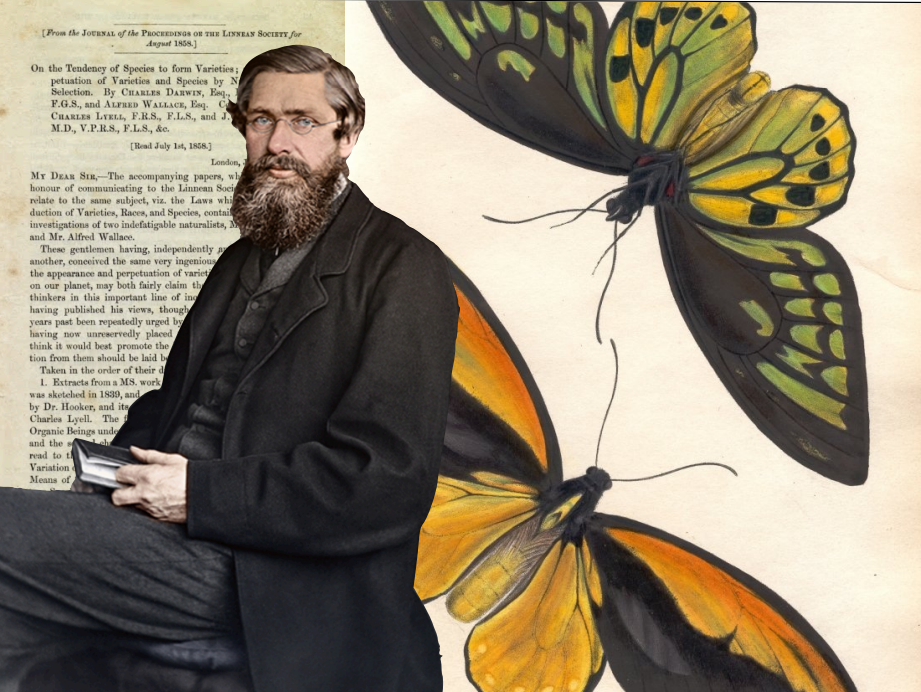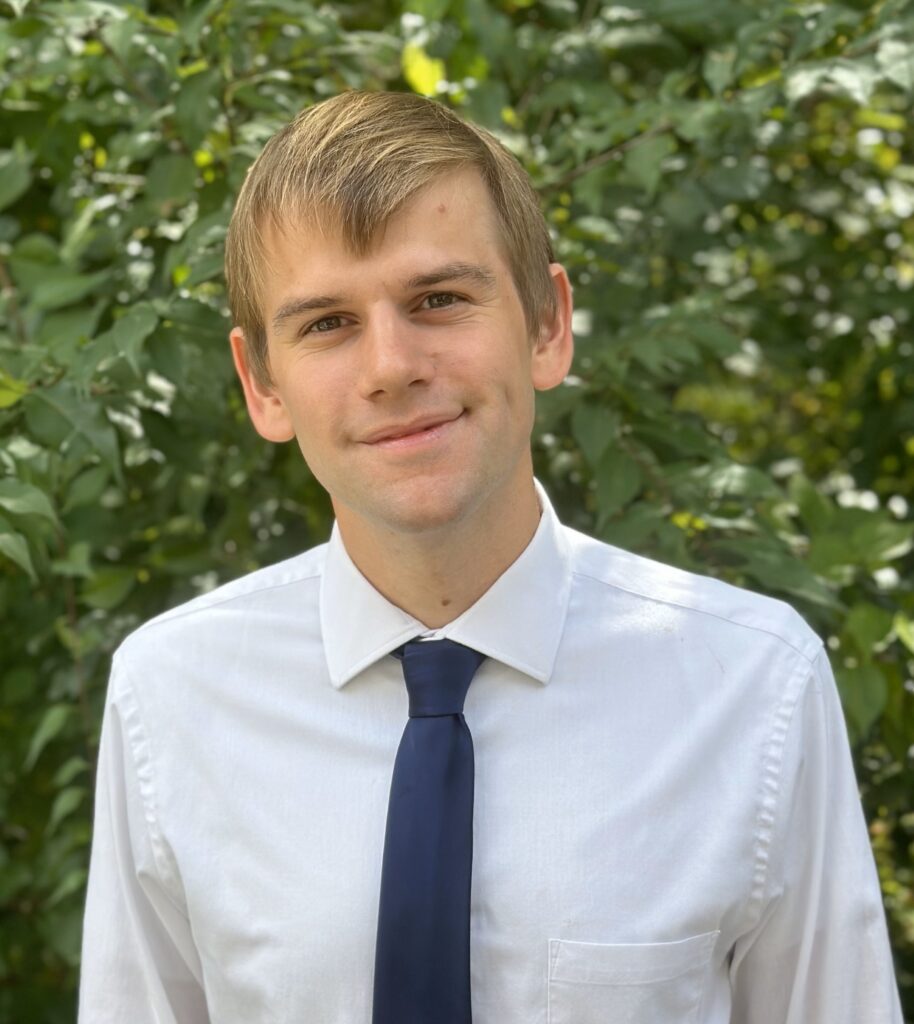Tuesday, October 8th
In-Person Meeting
Virtual Zoom Option
7:30 PM EST
Alfred Russel Wallace: Insects and the Discovery of Evolution
Andrew Berry
Assistant Head Tutor of Integrative Biology
Lecturer on Organismic & Evolutionary Biology
Harvard University
In 1908, at an event to mark the 50th anniversary of the publication of the theory of evolution by natural selection by Charles Darwin and Alfred Russel Wallace, Wallace addressed a simple question: why did it fall to him and Darwin (who had died a long time previously, in 1882) to make the discovery? Why had the simple insight that is natural selection not occurred to other arguably more penetrating contemporary thinkers? Wallace’s answer: Beetles. Both he and Darwin started their careers as naturalists as avid beetle collectors. Historians of science have traditionally dismissed this claim as a typical instance of Wallace’s modesty, but I will argue that in fact studies of beetles — and other groups of insects — did indeed provide the scientific foundation of the Darwin-Wallace theory.




